行業(yè)資訊
水泥就地冷再生技術(shù)施工
來源:http://www.beianedu.cn/ 日期:2022-11-17
水泥就地冷再生技術(shù)施工
Construction of cement in situ cold recycling technology
一、全深式水泥就地冷再生技術(shù)原理
1、 Principle of full depth cement in situ cold recycling technology
就地冷再生是指充分利用現(xiàn)有瀝青道路舊鋪層材料(面層與基層),根據(jù)對混合料性能的要求,加入部分新骨料,并按設(shè)計(jì)加入一定量的水泥,在自然環(huán)境溫度下連續(xù)地完成材料的銑刨、破碎、拌合、攤鋪及壓實(shí)成型,從而修筑出具有所需性能質(zhì)量的新基層的作業(yè)過程。
In situ cold recycling refers to the operation process of making full use of the old paving materials (surface course and base course) of the existing asphalt road, adding some new aggregates according to the requirements for mixture performance, and adding a certain amount of cement according to the design, to continuously complete the milling, crushing, mixing, paving and compaction of the materials at natural ambient temperature, so as to build a new base course with the required performance and quality.
二、施工工藝
2、 Construction technology
以G312線K2634段道路的養(yǎng)護(hù)維修中應(yīng)用的冷再生基層為例,闡述全深式水泥就地冷再生施工工藝,利用現(xiàn)有瀝青道路舊鋪層材料(面層與基層),根據(jù)對混合料性能的要求,并按設(shè)計(jì)要求加入不小于5%的水泥,在自然環(huán)境溫度下連續(xù)地完成材料的銑刨、破碎、拌和、攤鋪及壓實(shí)成型,從而修筑出具有所需性能質(zhì)量的新基層的作業(yè)過程。
Taking the cold recycled base course applied in the maintenance of K2634 section of G312 line as an example, this paper expounds the construction technology of full depth cement in situ cold recycling, using existing asphalt road old pavement materials (surface course and base course), according to the requirements for mixture performance, and according to the design requirements, adding no less than 5% of cement, and continuously completing the milling, crushing, mixing, paving and compaction of materials under natural ambient temperature, So as to build a new base course with the required performance quality.
1、維特根就地冷再生機(jī)工作寬度:2500mm
1. Working width of Wittgen local cold regenerator: 2500mm
工作深度:500mm發(fā)動機(jī)功率:315kw/500kw工作重量:ca.23t/32t
Working depth: 500mm Engine power: 315kw/500kw Working weight: ca.23t/32t
2、罐車是再生機(jī)的配套設(shè)備,用來供水或者液體穩(wěn)定劑。罐車的容量要與日工程量和道路現(xiàn)狀匹配。方案為:固定一臺水罐車與再生機(jī)連接,另外一臺或者多臺水罐車配備水泵為固定水罐車補(bǔ)充水,補(bǔ)充水的水罐車數(shù)量取決于水消耗速度和水源遠(yuǎn)近,以實(shí)現(xiàn)工作效率。
2. The tank car is the supporting equipment of the regenerator, which is used for water supply or liquid stabilizer. The capacity of the tank car shall match the daily work quantity and the road status. The scheme is as follows: one water tanker is fixed and connected with the regenerator, and one or more water tankers are equipped with water pumps to replenish water for the fixed water tanker. The number of water tankers to replenish water depends on the water consumption rate and the distance of the water source, so as to achieve work efficiency.
3、壓實(shí)設(shè)備
3. Compaction equipment
在應(yīng)用WR2000就地冷再生機(jī)施工過程中使用一臺22噸單鋼輪壓路機(jī)進(jìn)行壓實(shí)。
A 22 ton single steel wheel roller is used for compaction in the construction process of WR2000 in situ cold recycling machine.
4、平地機(jī)
4. Grader
由于WR2000是輪胎式就地冷再生機(jī),所以在施工過程中為了達(dá)到控制平整度和標(biāo)高的要求,配備一臺平地機(jī)。
Since WR2000 is a tire type in situ cold regenerator, a grader is equipped to control the flatness and elevation during construction.
5、灑水車
5. Sprinkler
養(yǎng)生方法采用灑水養(yǎng)生的方式進(jìn)行養(yǎng)生,配備灑水車一臺。
The curing method is to spray water for curing, and a watering cart is provided.
6、膠輪壓路機(jī)
6. Rubber tired roller
膠輪壓路機(jī)主要是對再生層表面進(jìn)行揉搓,盡量讓表面密實(shí),減少水對再生層的不利影響,配備了一臺噴水功能完好的膠輪壓路機(jī),自重為31噸。
The rubber wheel roller is mainly used to knead the surface of the regeneration layer to make the surface as dense as possible and reduce the adverse impact of water on the regeneration layer. A rubber wheel roller with good water spraying function is equipped, with a dead weight of 31 tons.
7、準(zhǔn)備工作
7. Preparations
冷再生租賃機(jī)和配套設(shè)備準(zhǔn)備完畢即具備施工條件,在正式施工之前還要對冷再生機(jī)組進(jìn)行下面要求的準(zhǔn)備工作:
The cold regeneration rental machine and supporting equipment are ready for construction once they are ready. Before formal construction, the following preparations are required for the cold regeneration unit:
(1)對冷再生施工中所需要的所有機(jī)械設(shè)備進(jìn)行的功能檢查;
(1) Functional inspection of all mechanical equipment required in cold recycling construction;
(2)連接所有與冷再生機(jī)相連的管路,排出噴灑系統(tǒng)中的空氣并確保所有閥門均處于工作狀態(tài);
(2) Connect all pipelines connected to the cold regenerator, exhaust the air in the spraying system and ensure that all valves are in working condition;
(3)檢查冷再生租賃機(jī)操作人員是否將穩(wěn)定劑添加量有關(guān)的數(shù)據(jù)輸入微機(jī)。
(3) Check whether the operator of the cold regeneration rental machine inputs the data related to the stabilizer dosage into the microcomputer.
8、原材料試驗(yàn)
8. Raw material test
水泥穩(wěn)定冷再生層施工前,對原路面進(jìn)行了配合比設(shè)計(jì)。利用WR2000就地冷再生機(jī)在原舊路上銑刨有代表性的樣品。
Before the construction of cement stabilized cold recycling layer, the mix proportion of the original pavement was designed. The WR2000 cold in place recycling machine is used to mill representative samples on the old roads.
9、試驗(yàn)段施工
9. Construction of test section
(1)根據(jù)經(jīng)驗(yàn)和所用冷再生機(jī)械的特點(diǎn),按6m/min再生機(jī)行進(jìn)速度和轉(zhuǎn)子速度的組合方案對舊路進(jìn)行銑刨,取銑刨后具有代表性的材料送往試驗(yàn)室進(jìn)行篩分,級配已接近理想級配。
(1) According to the experience and the characteristics of the cold recycling machine used, the old road shall be milled according to the combination scheme of the traveling speed of the 6m/min recycling machine and the rotor speed. After milling, the representative materials shall be sent to the laboratory for screening, and the grading is close to the ideal grading.
(2)按照室內(nèi)試驗(yàn)結(jié)果,在舊路上攤鋪新加料或填料,但不添加穩(wěn)定劑,按(1)確定的方案進(jìn)行銑刨,取銑刨后具有代表性的材料樣品送往實(shí)驗(yàn)室進(jìn)行篩分,如果篩分后的級配與室內(nèi)設(shè)計(jì)級配超過允許波動范圍,應(yīng)調(diào)整再生機(jī)速度和轉(zhuǎn)子速度,使銑刨后的級配與室內(nèi)設(shè)計(jì)級配相比波動在允許范圍內(nèi)。
(2) According to the indoor test results, new materials or fillers shall be paved on the old road without adding stabilizer. Milling shall be carried out according to the scheme determined in (1), and representative material samples after milling shall be sent to the laboratory for screening. If the grading after screening and the indoor design grading exceed the allowable fluctuation range, the speed of the regenerator and rotor shall be adjusted to make the grading after milling fluctuate within the allowable range compared with the indoor design grading.
(3)根據(jù)穩(wěn)定劑類型,采用1~3種壓實(shí)方案進(jìn)行施工(包括壓路機(jī)噸位、碾壓順序、遍數(shù)等),以確定為合理的碾壓方案。
(3) According to the type of stabilizer, 1~3 compaction schemes (including the tonnage of roller, rolling sequence, times, etc.) are adopted for construction to determine a reasonable rolling scheme.
(4)取冷再生機(jī)經(jīng)銑刨、拌和后的混合料,送往試驗(yàn)室,對以水泥作為穩(wěn)定劑的冷再生,測定冷再生混合料的含水量、水泥量,并按公路工程無機(jī)結(jié)合料穩(wěn)定材料試驗(yàn)規(guī)程要求成型試件,測定其7d無側(cè)限抗壓強(qiáng)度。
(4) Take the mixture milled and mixed by the cold recycling machine and send it to the laboratory. For the cold recycling with cement as the stabilizer, measure the water content and cement content of the cold recycling mixture, shape the test piece according to the requirements of the test procedure for inorganic binder stabilized materials of highway engineering, and measure its 7d unconfined compressive strength.
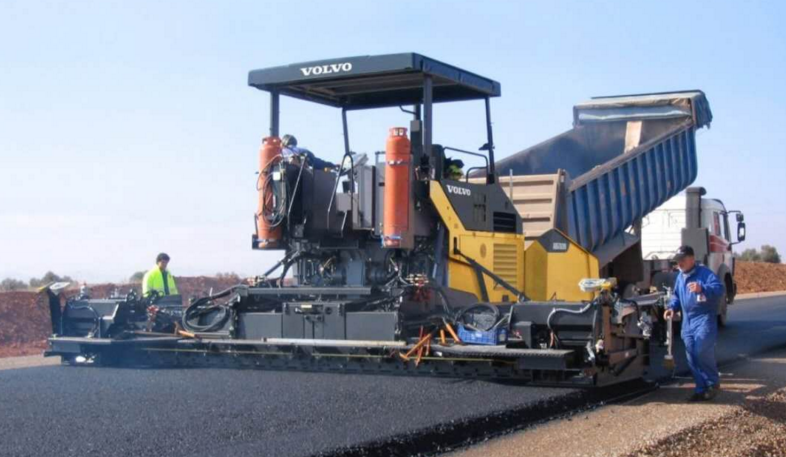

(5) 對試驗(yàn)段的彎沉、壓實(shí)度、平整度、厚度、寬度等指標(biāo)進(jìn)行檢測。
(5) The deflection, compactness, flatness, thickness, width and other indicators of the test section shall be tested.
根據(jù)試驗(yàn)段的結(jié)果終確定冷再生混合料的級配、施工時(shí)采用的再生機(jī)行進(jìn)速度、轉(zhuǎn)子速度及再生結(jié)構(gòu)壓實(shí)工藝。
According to the results of the test section, the gradation of the cold recycled mixture, the traveling speed of the recycling machine, the rotor speed and the compaction process of the recycled structure are finally determined.
水泥穩(wěn)定就地冷再生工藝流程
On site cold recycling process of cement stabilization
10、對原道路進(jìn)行預(yù)整形
10. Pre shaping the original road
按設(shè)計(jì)對原道路局部隆起或凹陷處進(jìn)行處理,達(dá)到設(shè)計(jì)要求。
Local bulges or depressions of the original road shall be treated according to the design to meet the design requirements.
11、計(jì)算材料用量:
11. Calculate material consumption:
(1)根據(jù)原道路再生深度內(nèi)的平均密度,計(jì)算每平米新料的添加量。
(1) The amount of new material added per square meter is calculated according to the average density within the original road regeneration depth.
(2)根據(jù)每車料的質(zhì)量或體積,計(jì)算每車料的堆放距離。
(2) The stacking distance of each vehicle shall be calculated according to its mass or volume.
(3)采用人工擺放和攤鋪水泥,應(yīng)根據(jù)水泥用量3.9%,計(jì)算每平方米水泥穩(wěn)定層需要的水泥用量17.4kg,確定水泥擺放的縱橫間距。
(3) For manual placement and paving of cement, 17.4kg of cement per square meter of cement stabilized layer shall be calculated according to 3.9% of cement consumption, and the vertical and horizontal spacing of cement placement shall be determined.
12、冷再生機(jī)行進(jìn)速度應(yīng)根據(jù)路面損壞狀況和冷再生深度進(jìn)行調(diào)整,一般為5m/min~7m/min,使得銑刨后料的級配波動范圍不大。應(yīng)根據(jù)道路兩側(cè)設(shè)置的水平控制樁,定期核查再生深度是否正確,如冷再生深度超過設(shè)計(jì)深度±1cm,應(yīng)查明原因后再繼續(xù)施工。冷再生機(jī)后應(yīng)有專人進(jìn)行質(zhì)量控制,隨時(shí)檢查再生深度、水泥含量和含水量,并配合再生機(jī)操作員進(jìn)行調(diào)整。
12. The traveling speed of the cold recycling machine shall be adjusted according to the pavement damage condition and the cold recycling depth, which is generally 5m/min~7m/min, so that the grading fluctuation range of milled materials is small. According to the horizontal control piles set on both sides of the road, regularly check whether the regeneration depth is correct. If the cold regeneration depth exceeds the design depth by ± 1cm, find out the reasons before continuing the construction. After the cold regenerator, a specially assigned person shall control the quality, check the regeneration depth, cement content and water content at any time, and coordinate with the operator of the regenerator to adjust.
13、碾壓整形
13. Rolling and shaping
(1) 根據(jù)路寬、壓路機(jī)的輪寬和輪距的不同,制訂碾壓方案,應(yīng)使各部分碾壓到的次數(shù)盡量相同,路面的兩側(cè)應(yīng)多壓2~3遍。
(1) According to the difference of road width, roller wheel width and track width, the rolling scheme shall be formulated to ensure that all parts are rolled to the same number of times as much as possible, and the two sides of the pavement shall be rolled for 2-3 times.
(2)在冷再生機(jī)后應(yīng)配備一臺大噸位單鋼輪振動壓路機(jī)進(jìn)行初壓。初壓時(shí)先讓壓路機(jī)緊跟再生機(jī)后面進(jìn)行一遍靜壓,靜壓后采用強(qiáng)振(高幅低頻)進(jìn)行壓實(shí),壓實(shí)遍數(shù)應(yīng)足以保證再生層底部2/3厚度范圍內(nèi)的壓實(shí)度達(dá)到規(guī)定要求。
(2) After cold regeneration, a large tonnage single drum vibratory roller shall be equipped for initial compaction. During initial compaction, let the roller closely follow the regenerator for static compaction, and then use strong vibration (high amplitude and low frequency) for compaction. The number of compaction times shall be enough to ensure that the compactness within 2/3 of the thickness of the bottom of the regeneration layer meets the specified requirements.
(3)在完成一個(gè)作業(yè)段的冷再生和初壓后,應(yīng)立即用平地機(jī)整形。在直線段,平地機(jī)由兩側(cè)向路中心進(jìn)行刮平;在平曲線段,平地機(jī)由內(nèi)側(cè)向外側(cè)進(jìn)行刮平。
(3) After the completion of cold regeneration and initial compaction of a working section, the grader shall be used for shaping immediately. In the straight section, the grader scrapes from both sides to the road center; In the flat curve section, the grader scrapes from the inside to the outside.
(4)在整形前,如果冷再生材料表面水分散失比較嚴(yán)重,可以先灑水后用平地機(jī)整形。
(4) Before shaping, if the water loss on the surface of cold recycled materials is serious, sprinkle water first and then use a grader for shaping.
(5)整形后,應(yīng)立即用單鋼輪振動壓路機(jī)以弱振(低幅高頻)進(jìn)行復(fù)壓。直線和不設(shè)超高的平曲線段,由路肩向路中心碾時(shí),每次應(yīng)重疊1/2輪寬,壓完路面全寬時(shí)即為一遍。一般需碾壓4~6遍。壓路機(jī)的碾壓速度,頭兩遍以采用1.5~1.7km/h為宜,以后宜采用2.0~2.5km/h。
(5) After shaping, the single drum vibratory roller shall be used for re compaction with weak vibration (low amplitude and high frequency) immediately. For straight line and flat curve section without superelevation, when rolling from shoulder to road center, 1/2 wheel width shall be overlapped each time, and it will be one time when the full width of the pavement is rolled. Generally, it needs to be rolled 4~6 times. The rolling speed of the roller shall be 1.5~1.7km/h for the first two times and 2.0~2.5km/h for the future.
(6) 后用膠輪壓路機(jī)進(jìn)行終壓,必要時(shí)可灑水碾壓。
(6) After that, the rubber wheel roller shall be used for final compaction, and watering and rolling can be carried out if necessary.
14、施工質(zhì)量管理
14. Construction quality management
使用水泥作為冷再生結(jié)合料的全深式再生,施工過程的質(zhì)量控制項(xiàng)目、頻度和質(zhì)量標(biāo)準(zhǔn)如下表要求:
For full depth recycling using cement as cold recycling binder, the quality control items, frequency and quality standards in the construction process are as follows:
水泥再生質(zhì)量控制的檢查項(xiàng)目、頻度和要求
Inspection items, frequency and requirements for cement recycling quality control
檢查項(xiàng)目 質(zhì)量要求 檢查頻率
Inspection frequency for quality requirements of inspection items
壓實(shí)度(%) ≥97 每個(gè)再生幅每1車道公里1次
Compaction degree (%) ≥ 97, once per lane km for each regenerative amplitude
抗壓強(qiáng)度(MPa) 2.0 每個(gè)再生幅每1車道公里9個(gè)試件
Compressive strength (MPa) 2.0 9 test pieces per regenerative amplitude per 1 lane km
含水率 符合設(shè)計(jì)要求 發(fā)現(xiàn)異常時(shí)隨時(shí)試驗(yàn)
The water content shall meet the design requirements and shall be tested at any time in case of any abnormality
級配 符合要求 每個(gè)再生幅每1車道公里1次
The grading meets the requirements, and each regeneration amplitude is once per 1 lane km
水泥劑量 不小于設(shè)值1.0% 每個(gè)再生幅每1車道公里1次
The cement dosage shall not be less than 1.0% of the set value, once per 1 lane km for each regenerative amplitude
15、養(yǎng)生及交通管制
15. Health preservation and traffic control
每一段碾壓完成并經(jīng)壓實(shí)度檢查合格后,應(yīng)立即開始切斷交通養(yǎng)生。
After each section of rolling is completed and the compactness is checked to be qualified, the traffic shall be cut off immediately for curing.
基層的養(yǎng)生期不宜少于7d。
The curing period of the base course shall not be less than 7d.









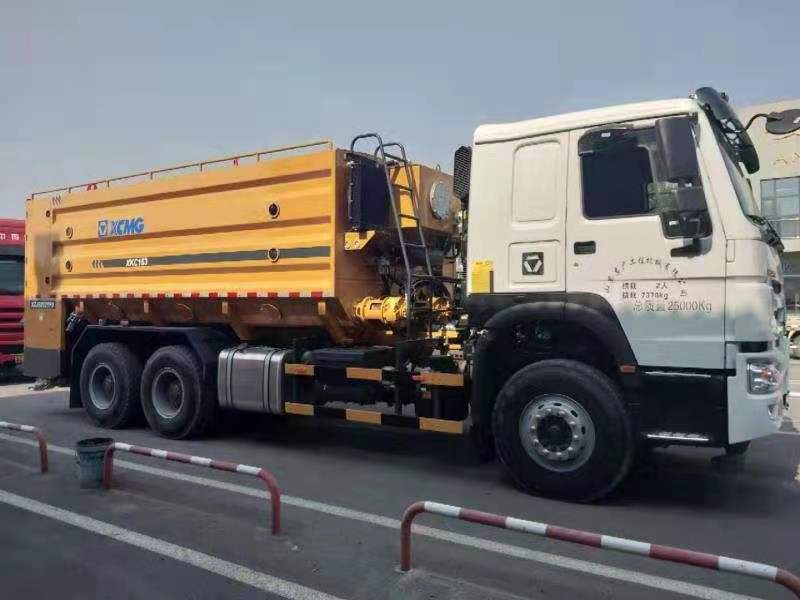
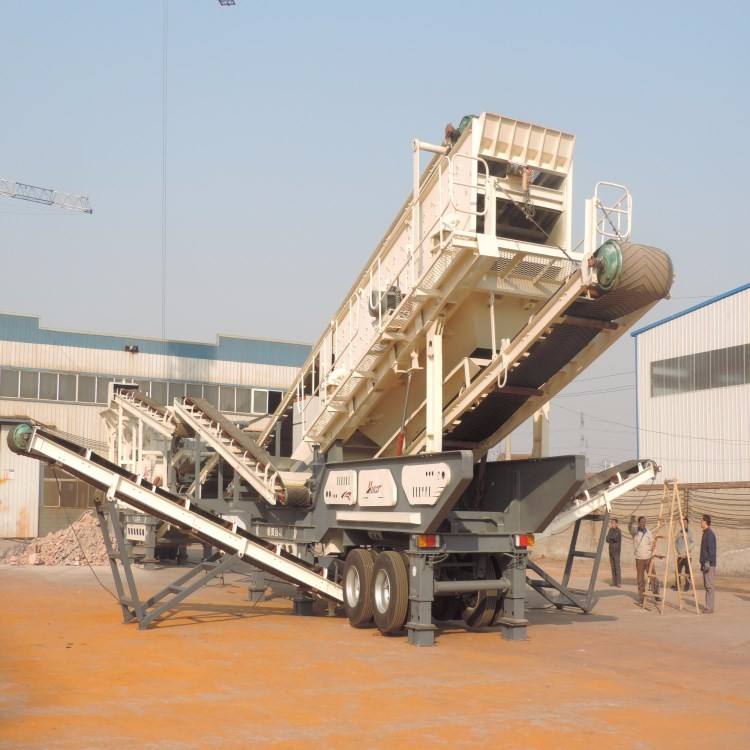


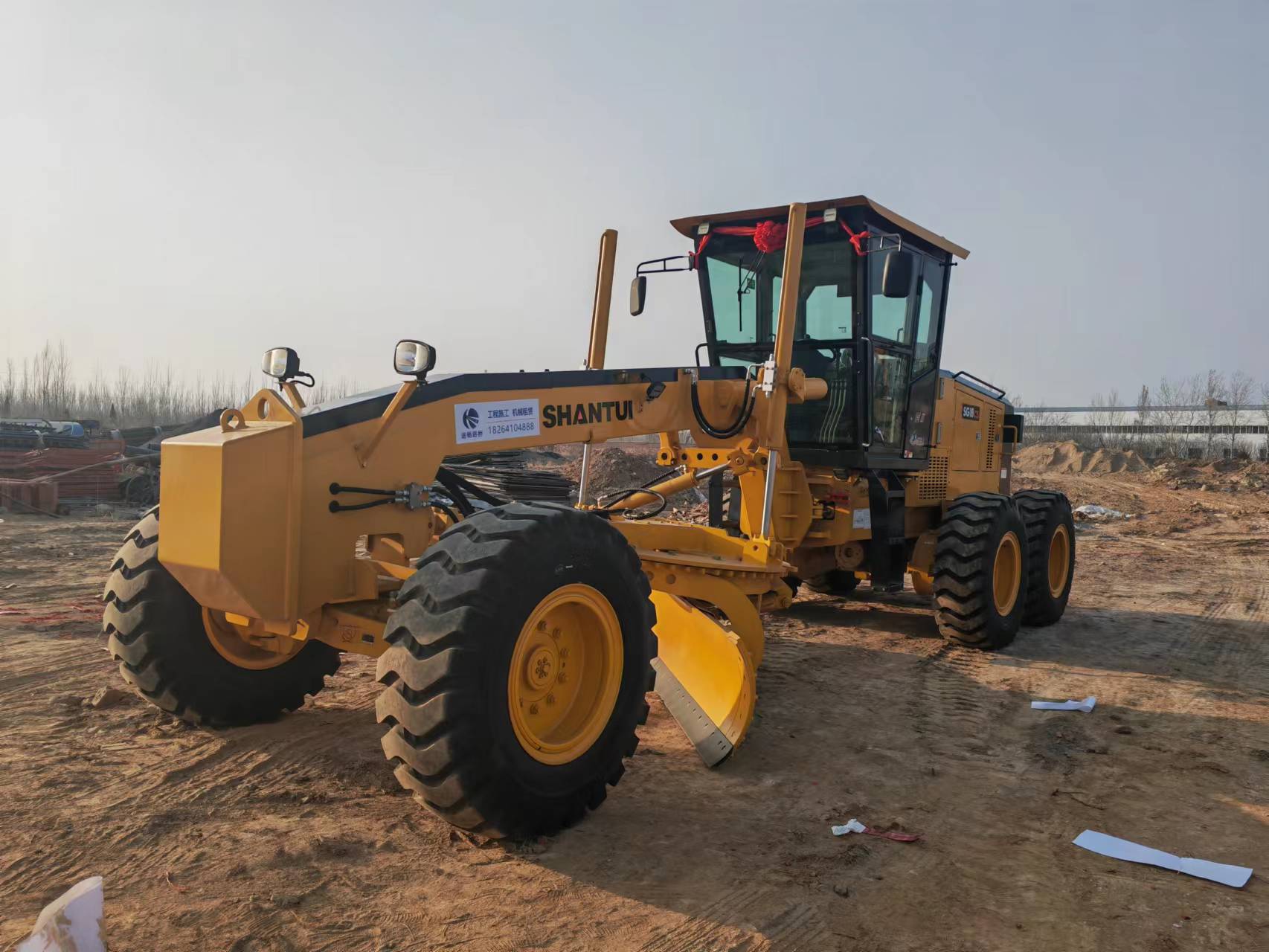


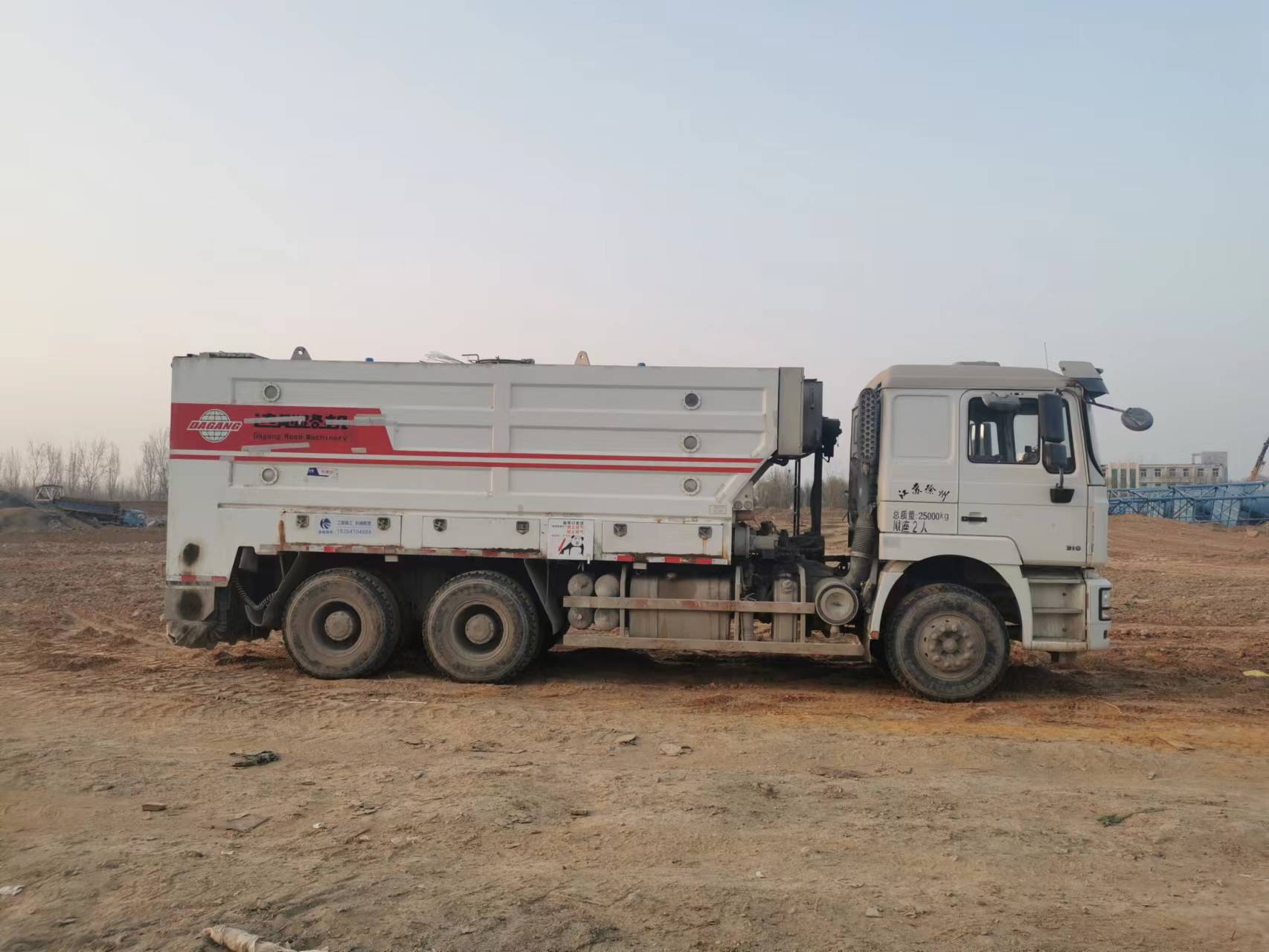











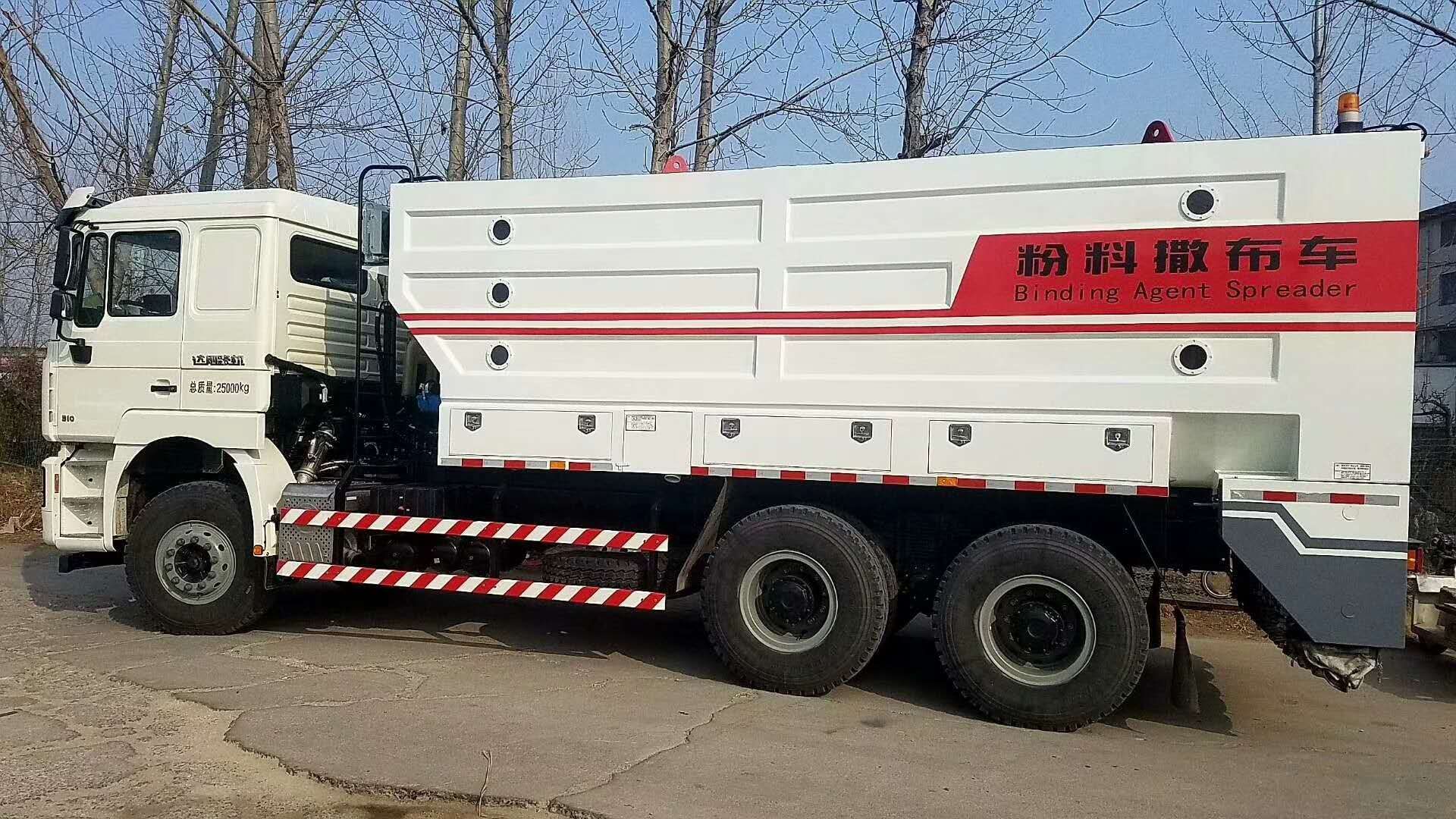

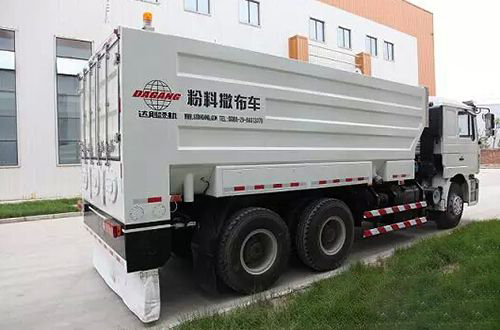



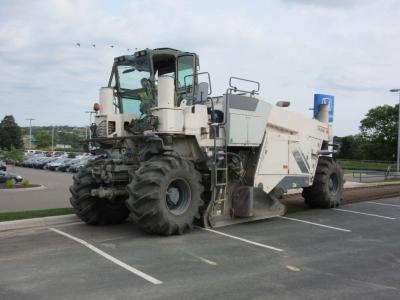




 公司地址:濟(jì)南市槐蔭區(qū)經(jīng)一路273號群盛華城2號樓1-404
公司地址:濟(jì)南市槐蔭區(qū)經(jīng)一路273號群盛華城2號樓1-404 公司名稱:山東途暢路橋工程有限公司
公司名稱:山東途暢路橋工程有限公司  備案號:
備案號: